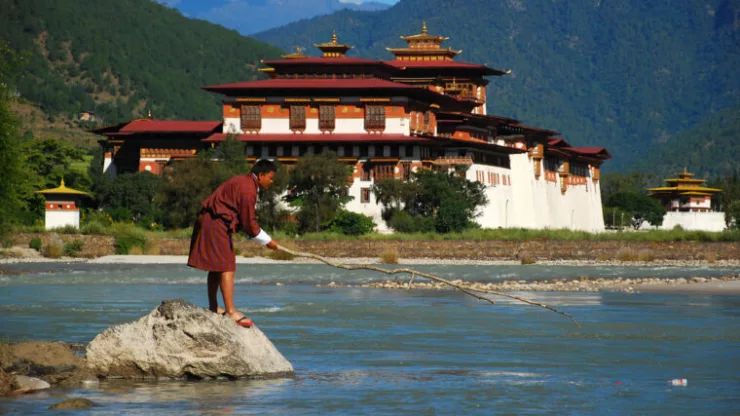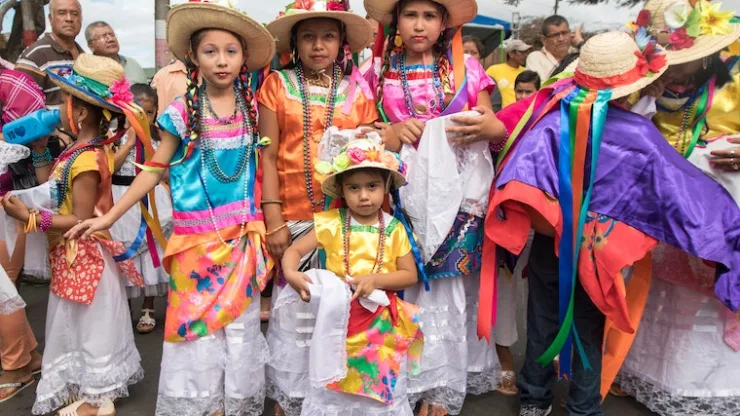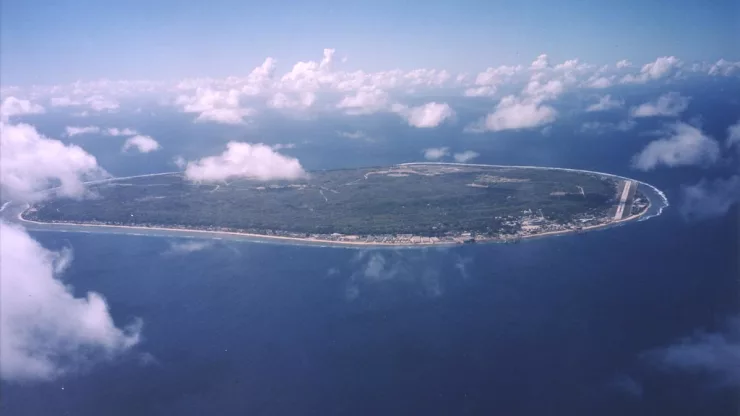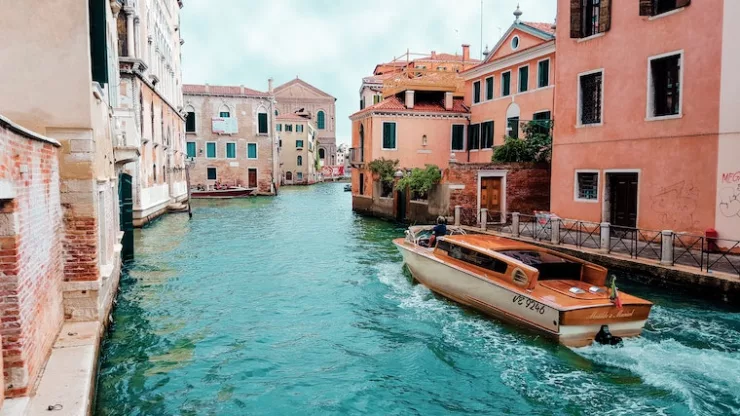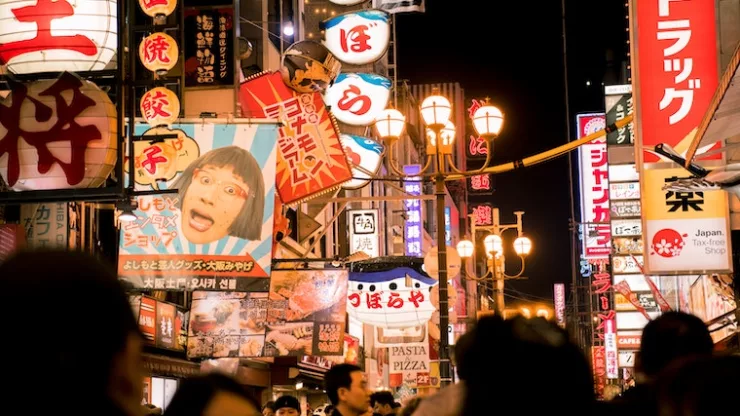Quick Facts
Capital: Thimphu (CIA World Factbook)
Population: ~800,000 (World Bank)
Currency: Ngultrum (XE.com)
Official Language: Dzongkha (Ethnologue)
Gross Domestic Product: $2.726 billion (World Bank)
Bhutan, the Land of the Thunder Dragon, is a small, landlocked country nestled in the Eastern Himalayas.
With its unique culture, awe-inspiring landscapes, and rich history, this mysterious kingdom has captured the hearts and imaginations of many.
Let’s uncover 17 incredible facts about Bhutan that will leave you enchanted and inspired.
- Bhutan is the world’s only carbon-negative country. The Bhutanese constitution mandates that at least 60% of the country’s land area must be covered by forests. Currently, around 72% of the land is covered in forests, which helps the country to absorb more carbon dioxide than it emits.
- Bhutan is the last remaining Vajrayana Buddhist Kingdom. Vajrayana Buddhism is an ancient branch of the religion that emphasizes the use of meditation, rituals, and Tantra to achieve enlightenment. The entire nation embraces this form of Buddhism as their state religion, which greatly influences its culture and traditions.
- Bhutan measures its success through Gross National Happiness (GNH) rather than GDP. The country’s development philosophy prioritizes the well-being of its citizens over economic growth. GNH considers economic, social, environmental, and spiritual aspects of development in its assessment.
- The Bhutanese monarchy was established in 1907. The first King of Bhutan, Ugyen Wangchuck, was crowned on December 17th, 1907, marking the beginning of the country’s monarchy. The current king, Jigme Khesar Namgyel Wangchuck, is the fifth Druk Gyalpo (Dragon King) of Bhutan.
- Bhutan’s national sport is archery. Known as datse, archery competitions are a popular form of entertainment and an essential part of Bhutanese culture. Traditional bows and arrows made of bamboo are still used in competitions, and each region has its unique style of archery.
- The country has a unique traditional dress code. Men wear a gho, a knee-length robe tied at the waist, while women wear a kira, an ankle-length dress with a light outer jacket called a toego. Bhutanese people are required to wear their national dress while visiting government offices, schools, and during official events.
- Bhutan is home to the world’s highest unclimbed mountain. Gangkhar Puensum, standing at 24,840 feet (7,570 meters), is the highest peak in Bhutan and the world’s highest unclimbed mountain. The government has prohibited climbing the mountain since 2003, respecting the beliefs of the local people who consider it sacred.
- The national animal of Bhutan is the Takin. The Takin is a goat-antelope native to the Eastern Himalayas. Locals believe the animal possesses the body of a cow and the head of a goat, and it is considered sacred in Bhutanese culture.
- Bhutan has never been colonized. Throughout its history, Bhutan has managed to retain its sovereignty and avoid colonization, making it one of the few countries in the world to have never been colonized.
- Television and the internet were only introduced to Bhutan in 1999. The country was one of the last in the world to adopt modern forms of communication, allowing it to preserve its unique culture and traditions. Today, Bhutanese people have access to the internet and TV, but the government heavily regulates the content to minimize the negative impact on their culture.
- The national flag of Bhutan features a dragon called the Druk. The flag is divided diagonally, with a yellow upper half and an orange lower half. The Druk, a white dragon, is depicted in the center, symbolizing the people’s loyalty to the monarchy and the country’s commitment to protect its citizens.
- Bhutan is a global biodiversity hotspot. The country’s diverse ecosystems, ranging from subtropical plains to alpine meadows, provide a habitat for a wide variety of flora and fauna. Some of the rare and endangered species found in Bhutan include the Bengal tiger, red panda, and snow leopard.
- The official language of Bhutan is Dzongkha. Dzongkha, closely related to Tibetan, is spoken by the majority of Bhutanese people. However, the country is linguistically diverse, with over 19 different languages and dialects spoken across its regions.
- Traditional Bhutanese cuisine is characterized by its spiciness. The most famous Bhutanese dish is ema datshi, a spicy stew made from chili peppers and cheese. Chilies are considered a staple in Bhutanese cuisine, and almost every dish is flavored with some form of chili.
- Bhutan only opened its doors to tourists in 1974. To preserve its unique culture and environment, the government maintains strict control over tourism. Visitors must travel with a licensed Bhutanese tour operator and pay a daily tariff, which covers accommodation, meals, transportation, and a guide.
- Bhutan has a predominantly agrarian economy. Agriculture contributes to about 16% of the country’s GDP and employs around 55% of the population. The main crops grown in Bhutan are rice, maize, wheat, and potatoes.
- The country is famous for its cliffside monasteries. One of the most iconic landmarks in Bhutan is the Paro Taktsang (Tiger’s Nest) Monastery, perched on a cliffside at an elevation of 10,240 feet (3,120 meters). The monastery is considered one of the holiest sites in Bhutan and attracts numerous pilgrims and tourists each year.
Conclusion
Bhutan is a captivating country that has managed to maintain its unique cultural identity and preserve its pristine environment while embracing modernity.
Its commitment to Gross National Happiness, the rich Buddhist heritage, stunning landscapes, and warm-hearted people make it a truly enchanting destination for those seeking a one-of-a-kind travel experience.
Frequently Asked Questions
What is the currency of Bhutan?
The currency of Bhutan is the Ngultrum (BTN). It is pegged to the Indian Rupee (INR) at par, which is also accepted as legal tender in the country.
Is Bhutan safe for tourists?
Yes, Bhutan is considered one of the safest countries in the world for tourists.
The crime rate is very low, and the people are known for their warm hospitality.
Do I need a visa to visit Bhutan?
All foreign visitors, except for citizens of India, Bangladesh, and the Maldives, require a visa to enter Bhutan.
The visa must be obtained in advance through a licensed Bhutanese tour operator.
What is the best time to visit Bhutan?
The best time to visit Bhutan is during the spring (March to May) and autumn (September to November) seasons.
These periods offer pleasant weather and clear skies, perfect for exploring the country’s stunning landscapes and attending its colorful festivals.
How do I get to Bhutan?
The most common way to enter Bhutan is by air.
Paro International Airport, the country’s only international airport, is connected to a few major cities like Delhi, Kolkata, Bangkok, and Singapore via Druk Air and Bhutan Airlines.
Alternatively, visitors can enter Bhutan by land through the border crossings with India, such as Phuentsholing, Gelephu, and Samdrup Jongkhar.
However, there are no direct land connections between Bhutan and China.
Can I travel independently in Bhutan?
Independent travel is not allowed for most foreign visitors in Bhutan.
You must book your trip through a licensed Bhutanese tour operator and be accompanied by a registered guide at all times.
What is the time zone in Bhutan?
Bhutan Standard Time (BST) is the time zone in Bhutan. It is 6 hours ahead of Coordinated Universal Time (UTC+6).
What is Bhutan’s population?
As of 2021, Bhutan’s population is estimated to be around 770,000. However, this number may have changed slightly since then.
What is the capital of Bhutan?
Thimphu is the capital and the largest city of Bhutan.
It is located in the western central part of the country and is the political, economic, and cultural center of Bhutan.

I am a fun fact enthusiast and creator of Facts On Tap.
I love to share my knowledge and curiosity with readers and inspire them to learn something new every day.
When I’m not writing, I enjoy traveling, reading, and playing trivia games with my friends.
